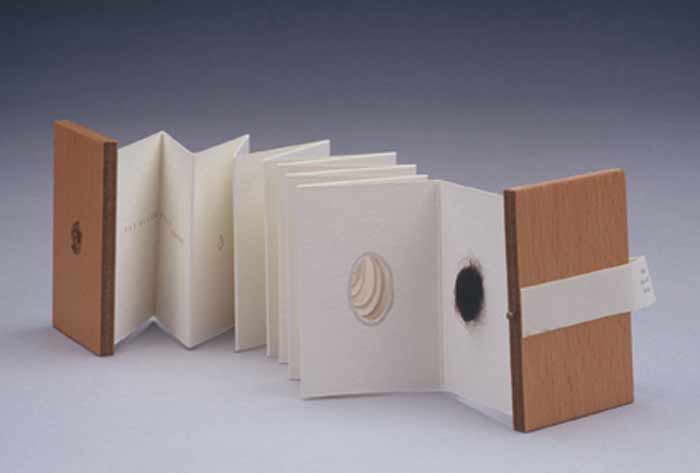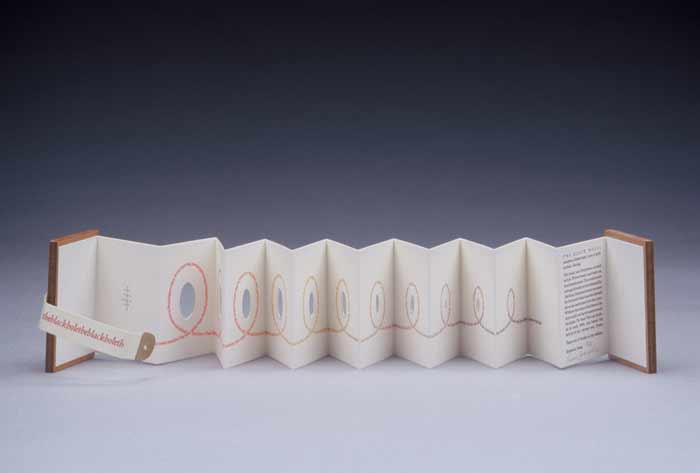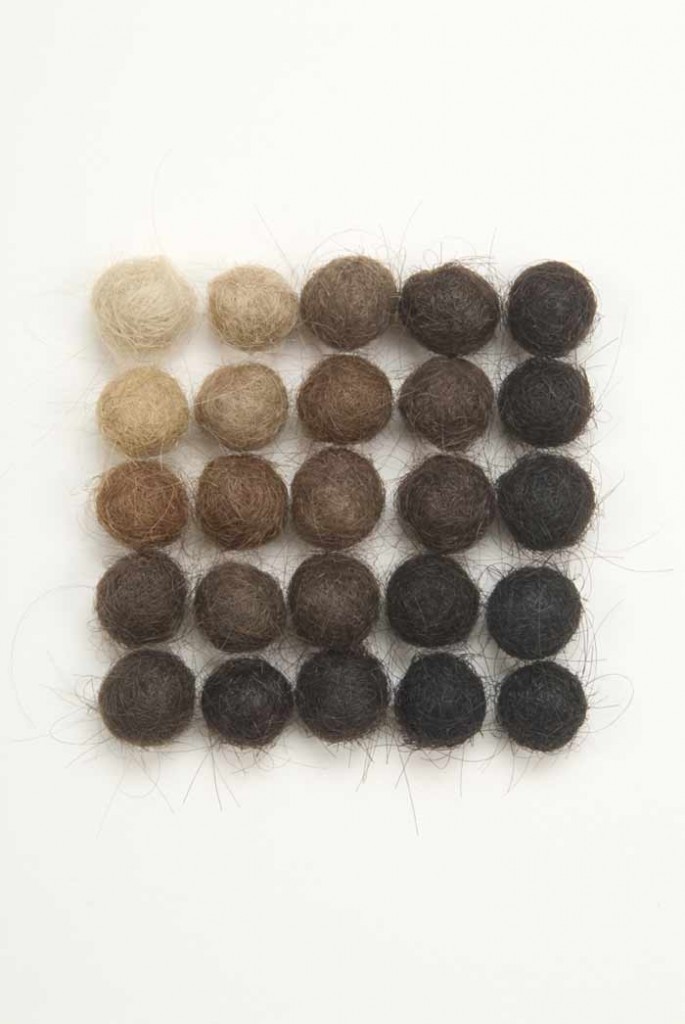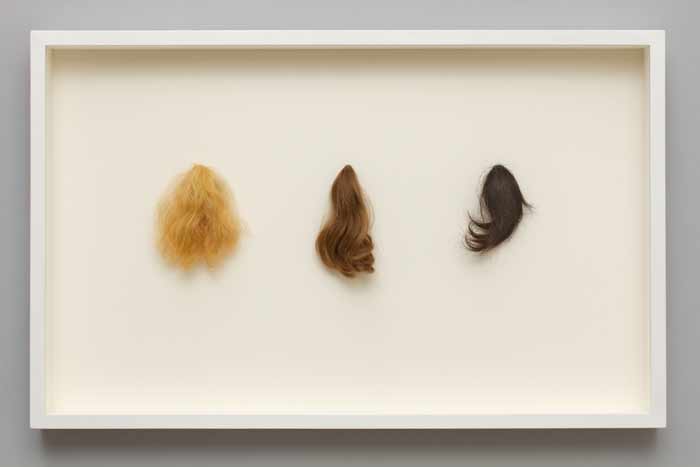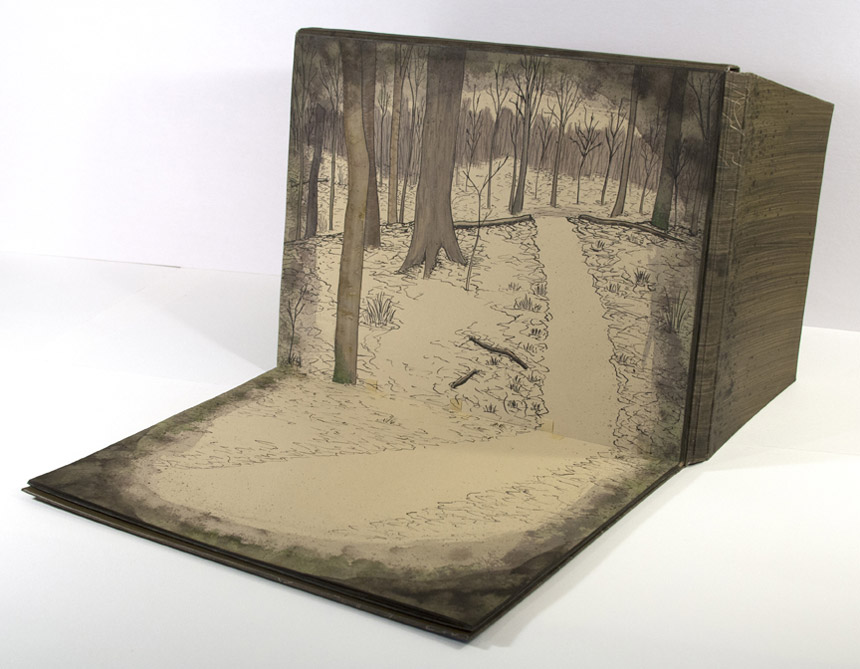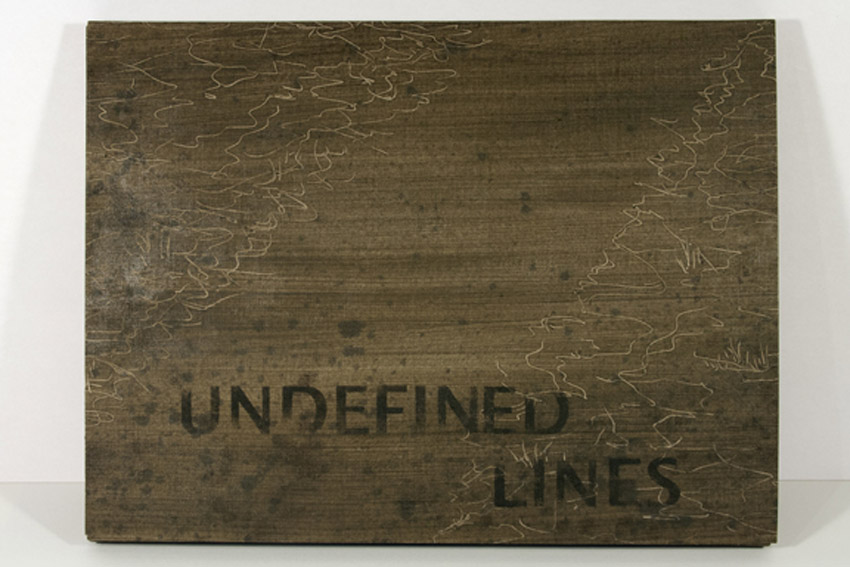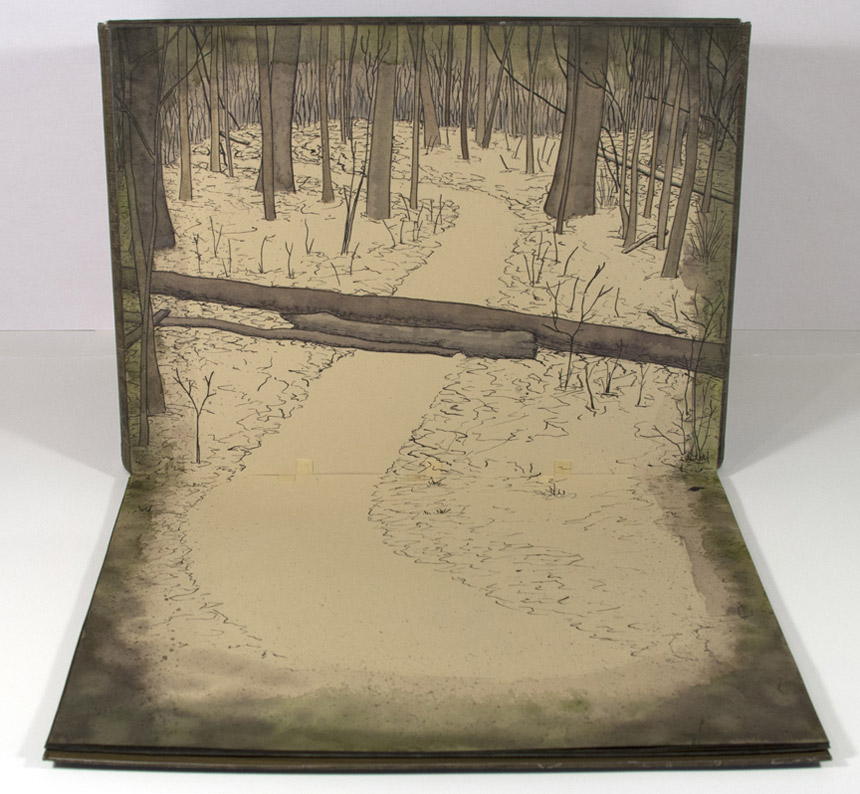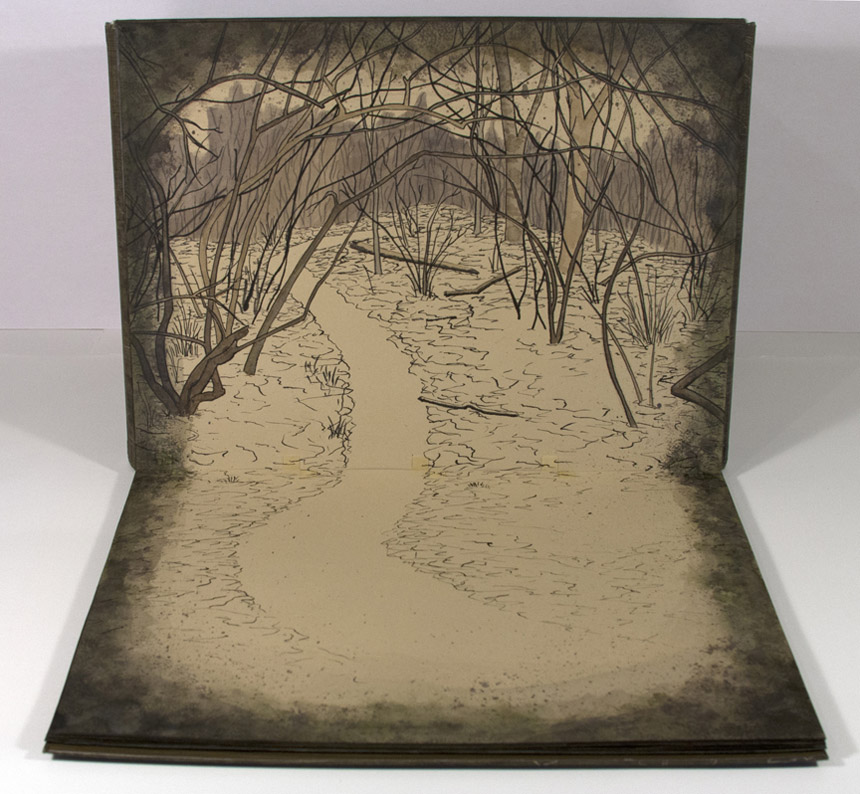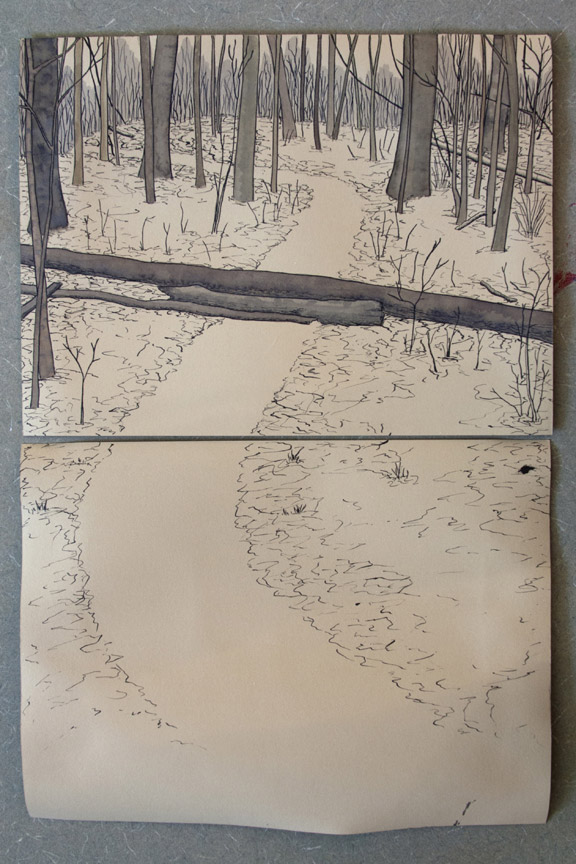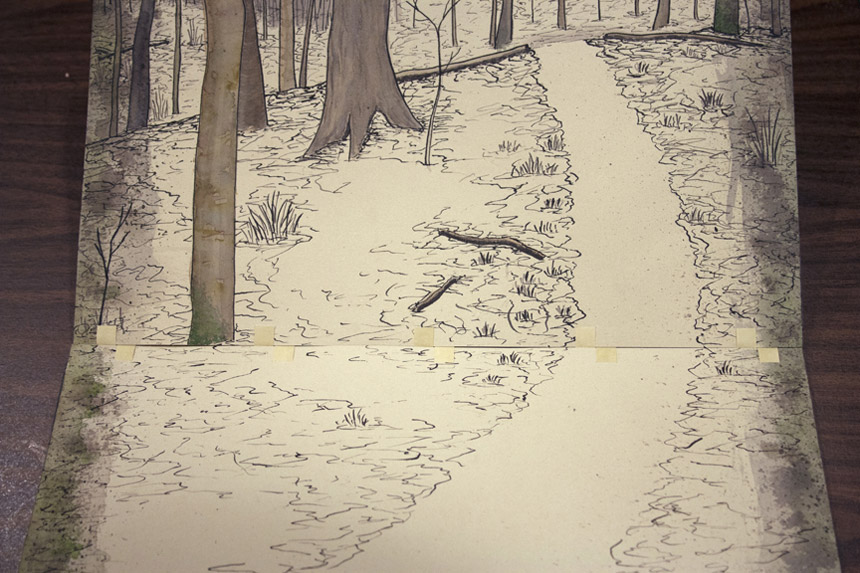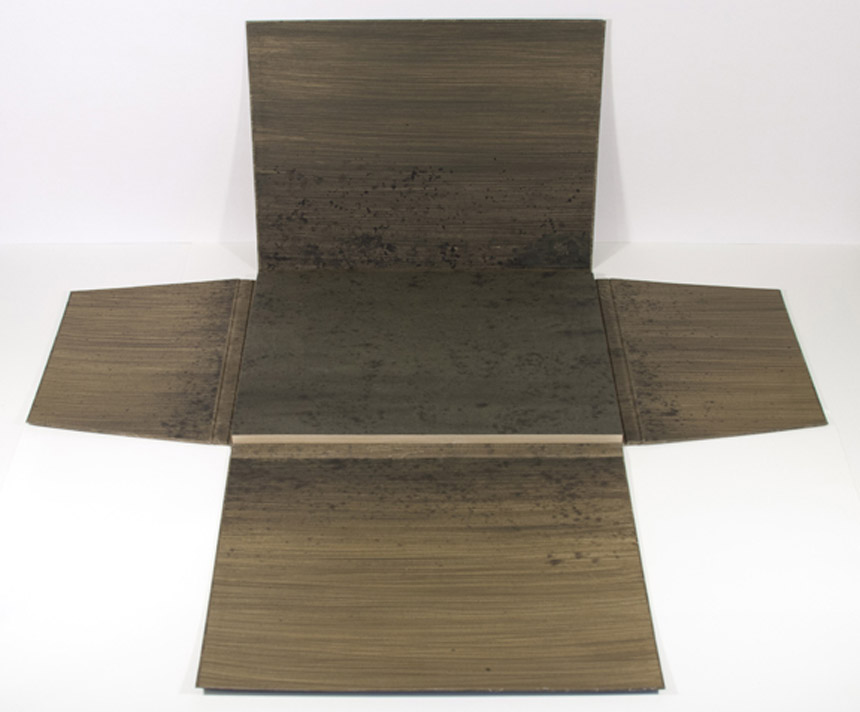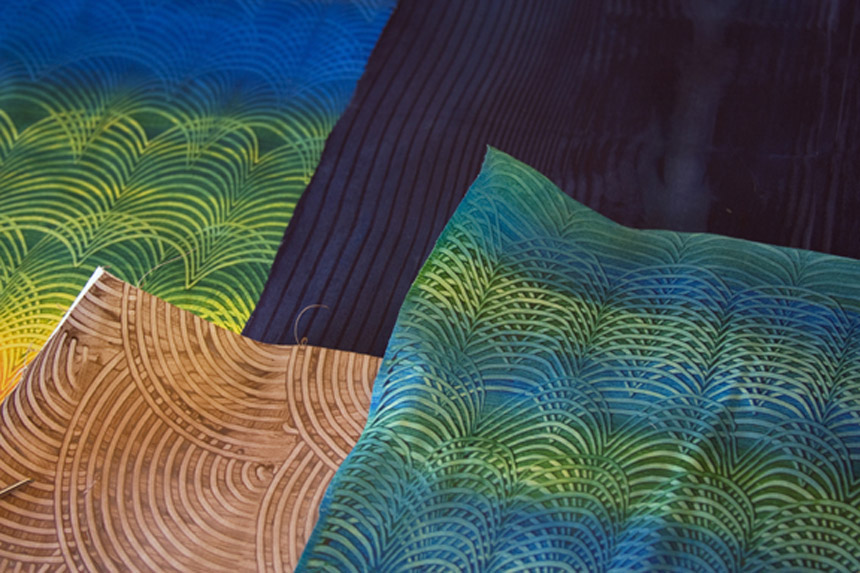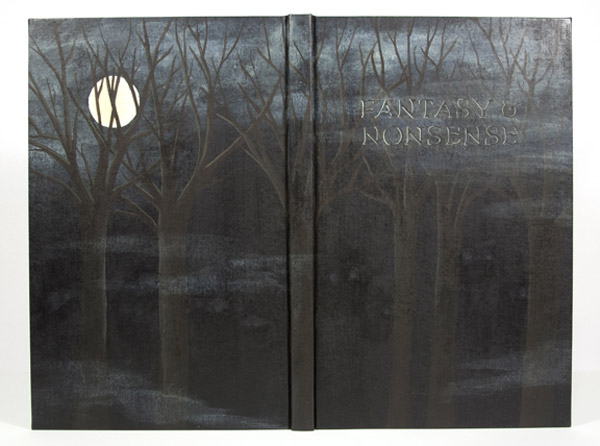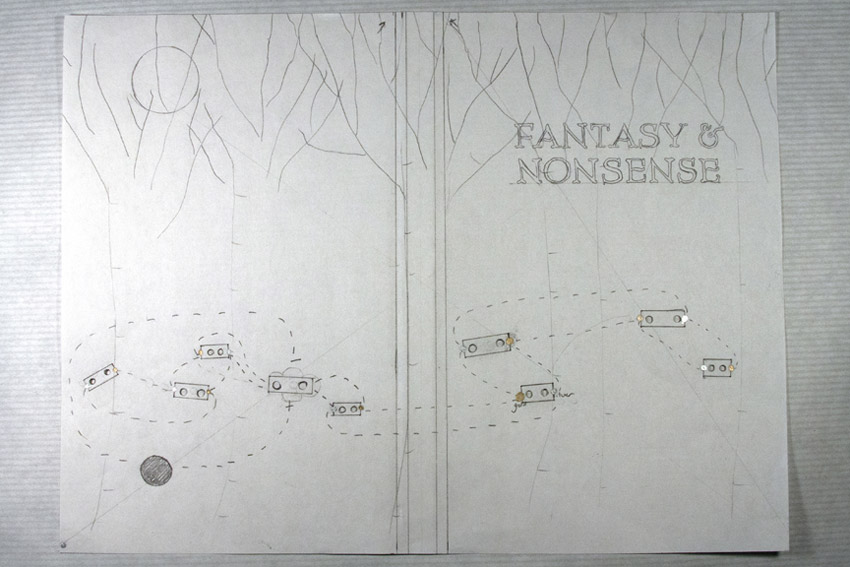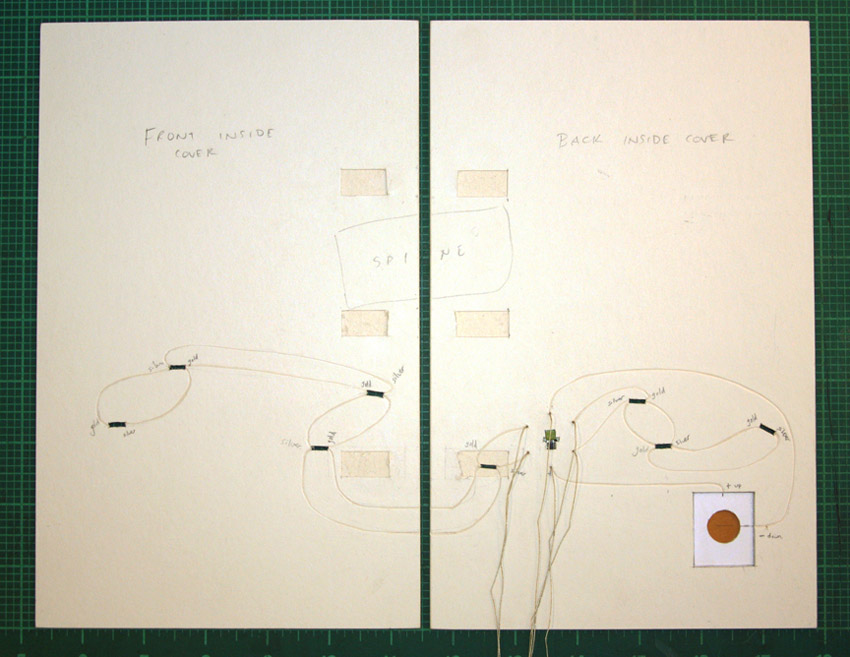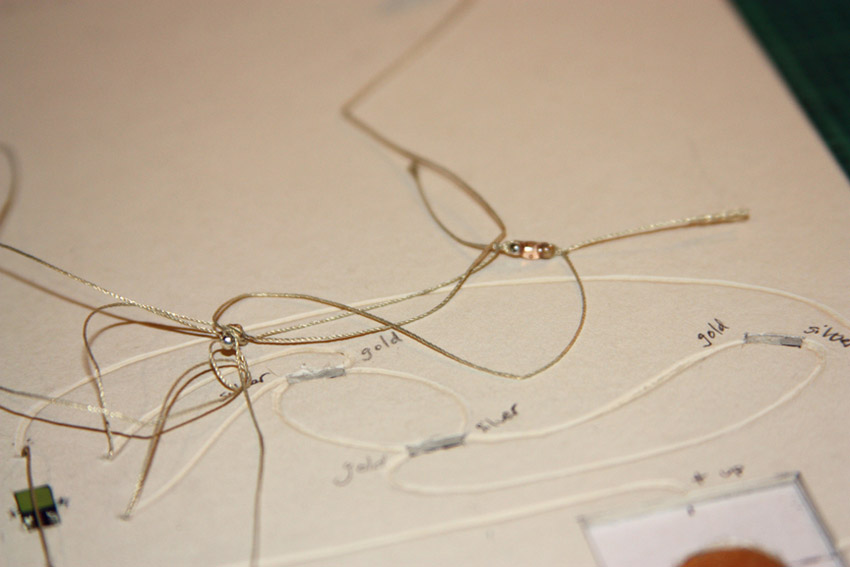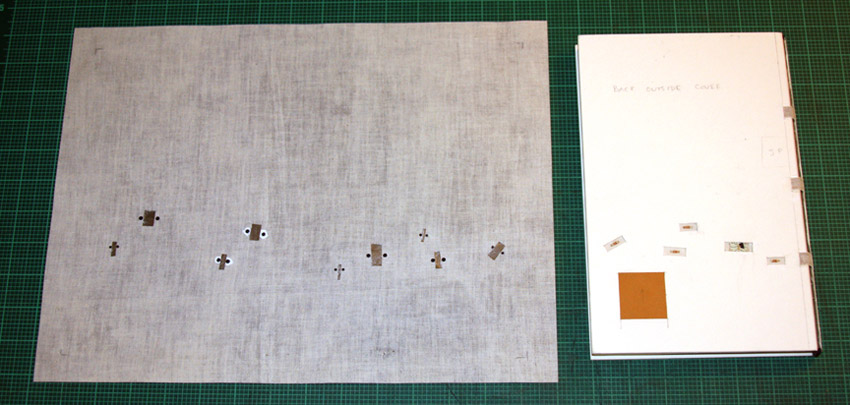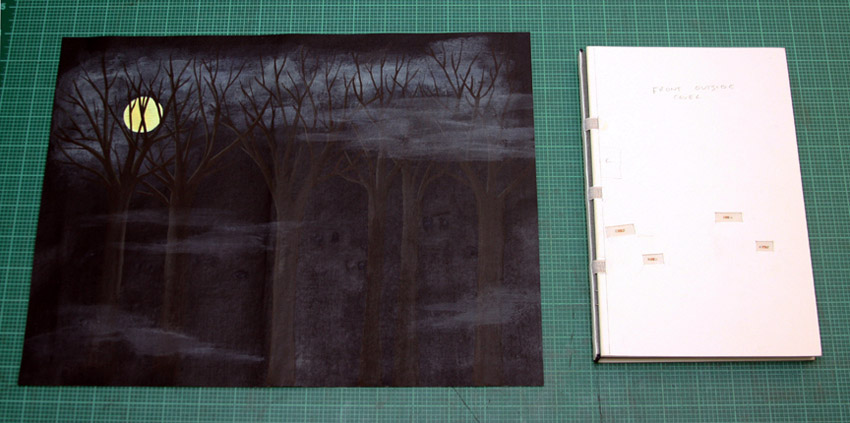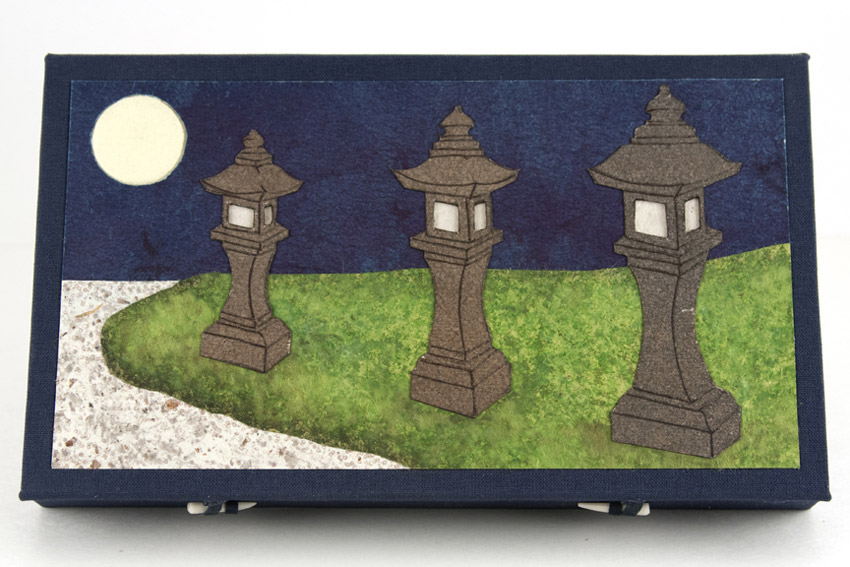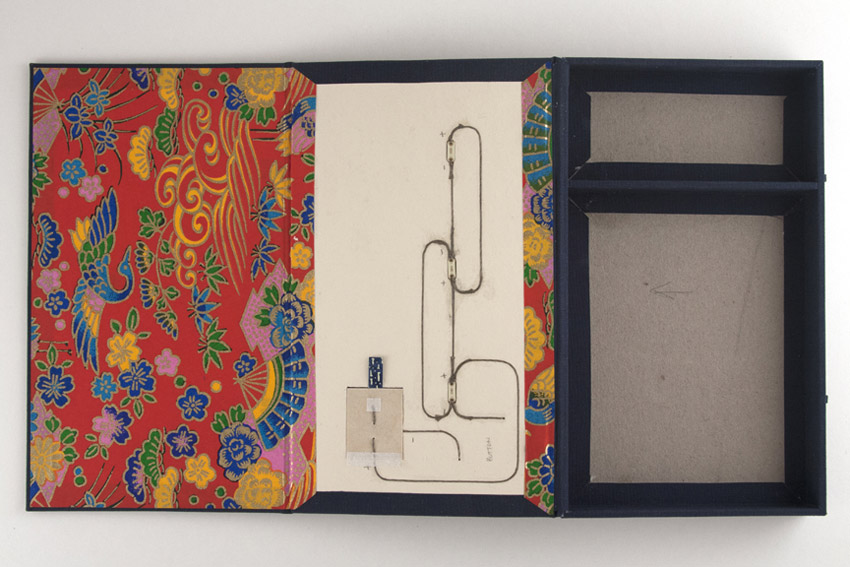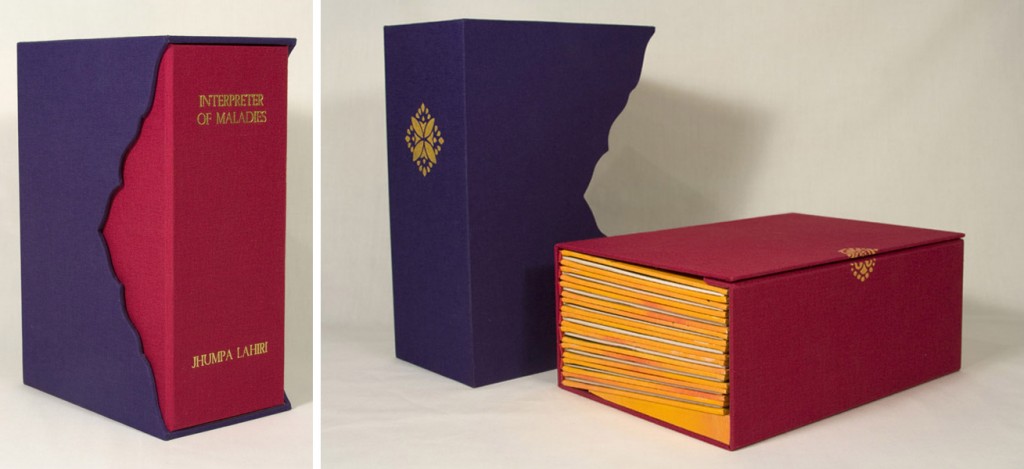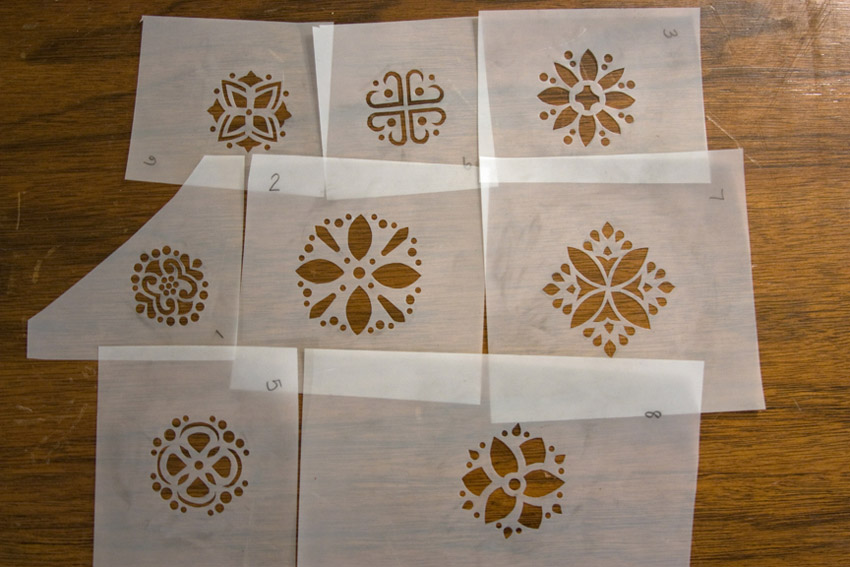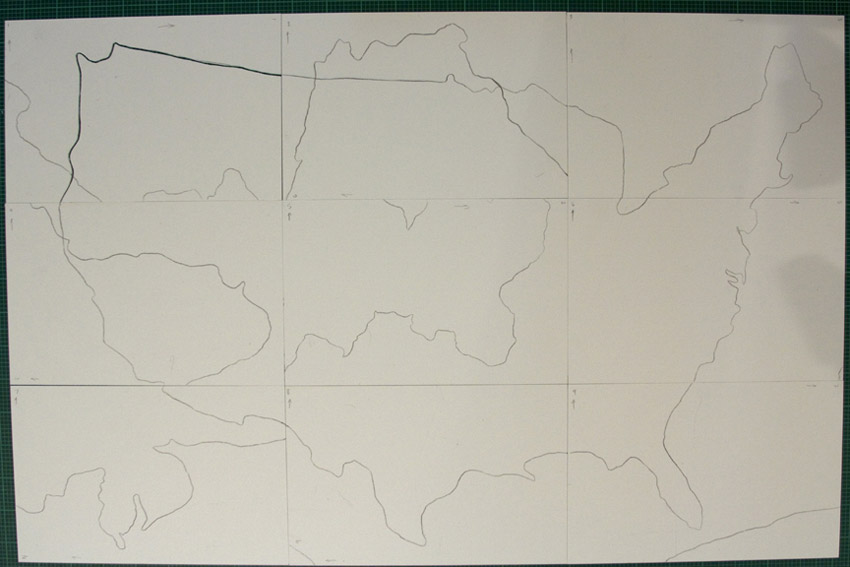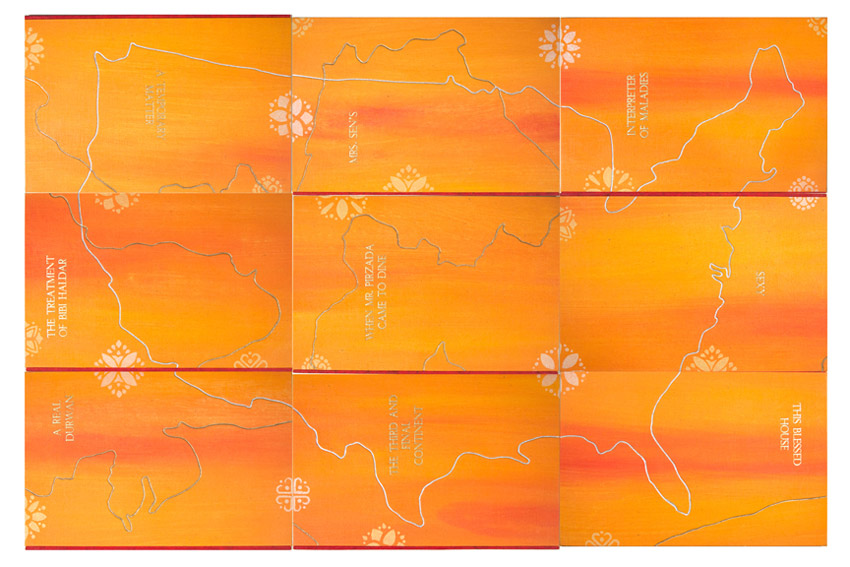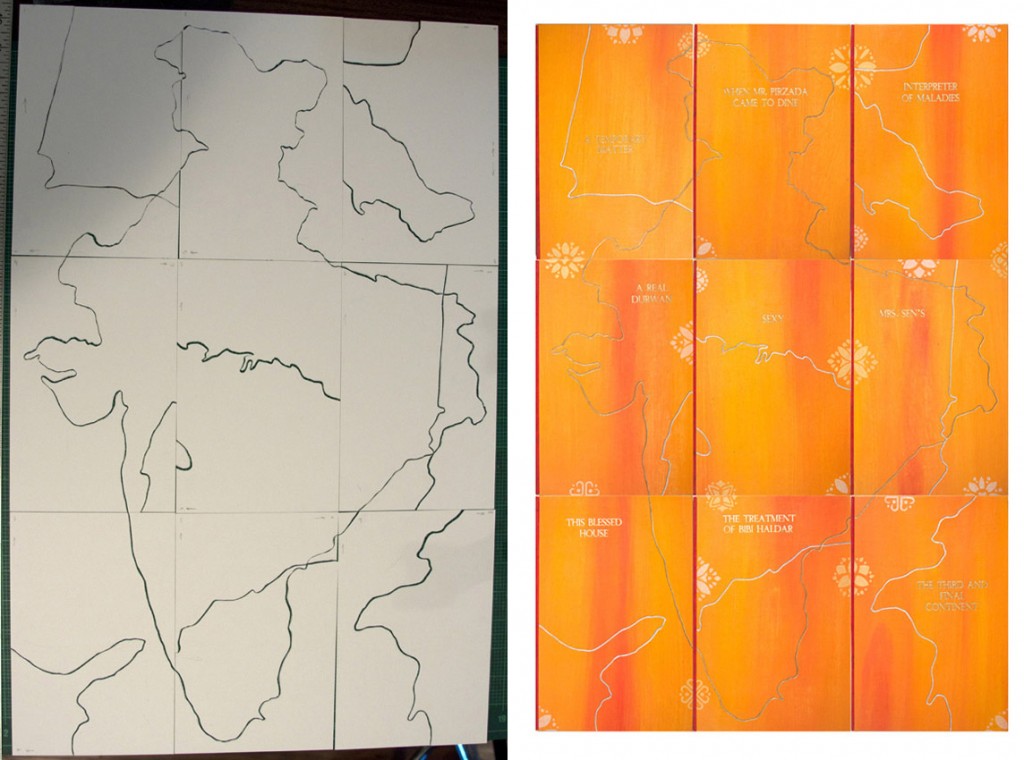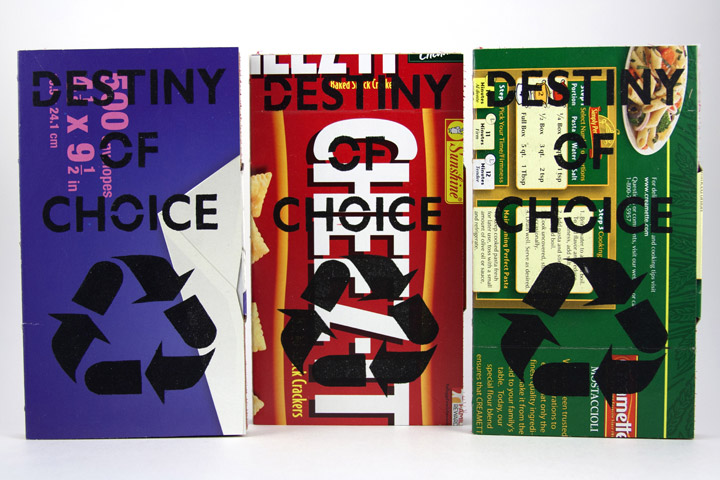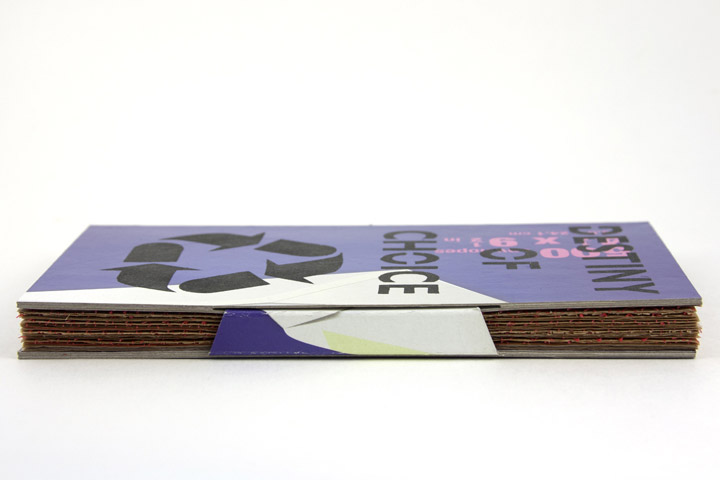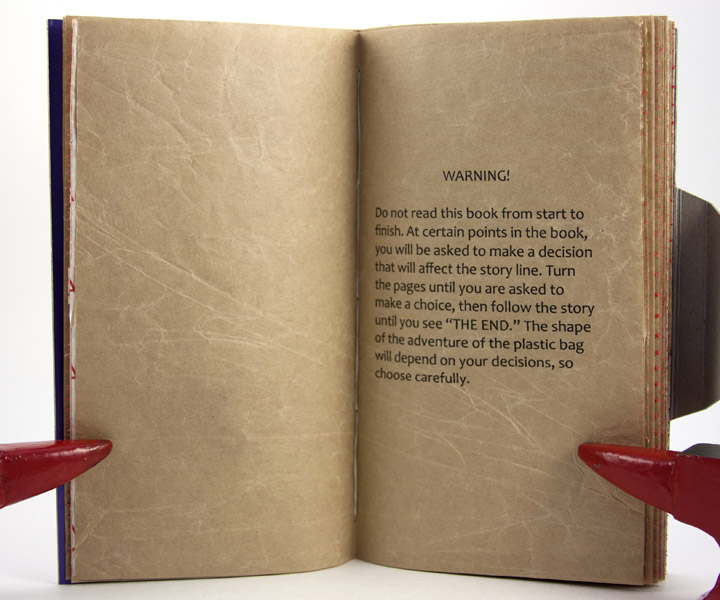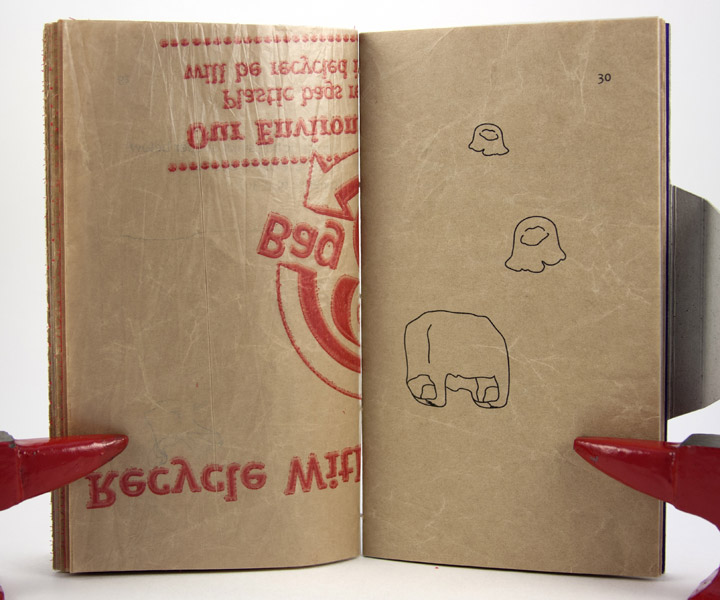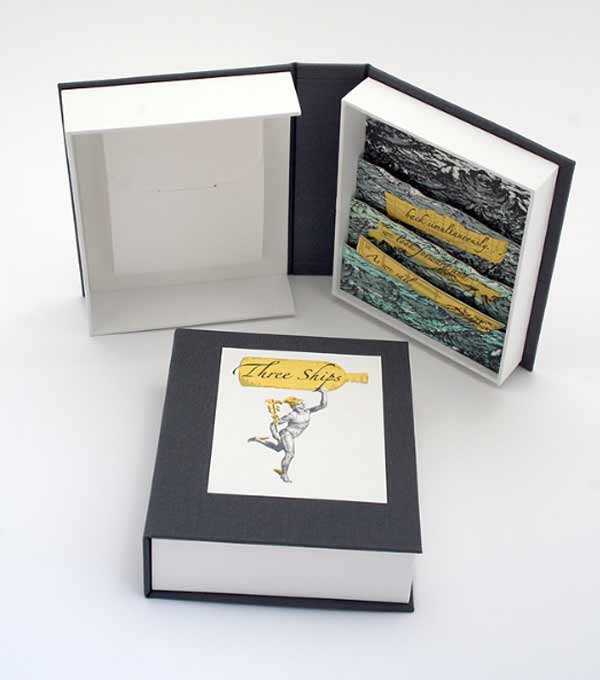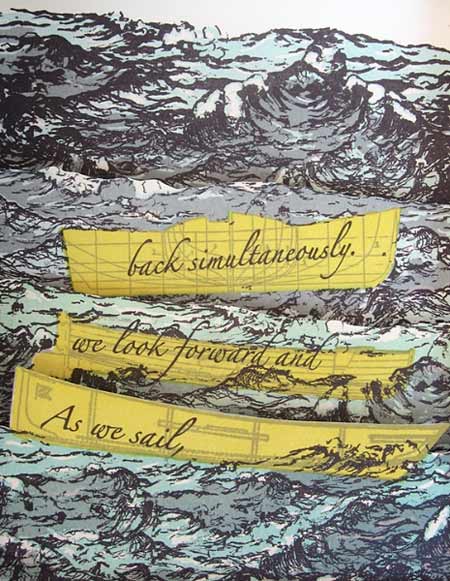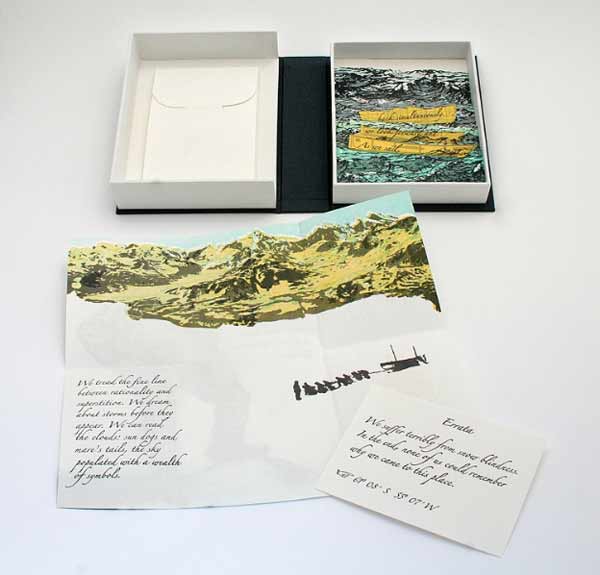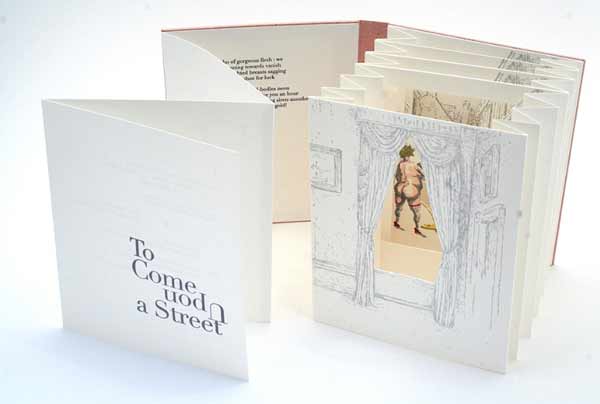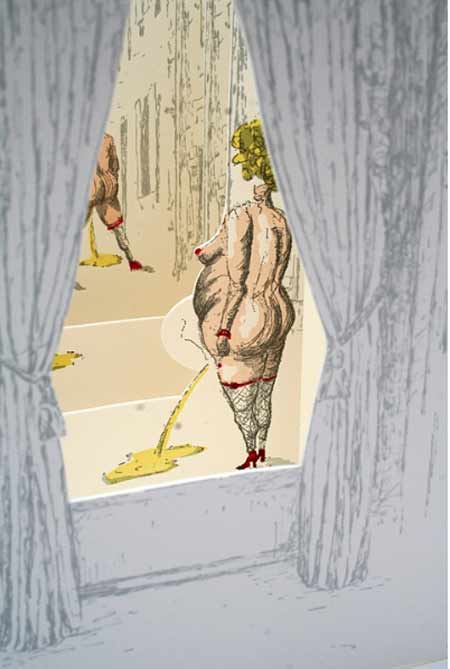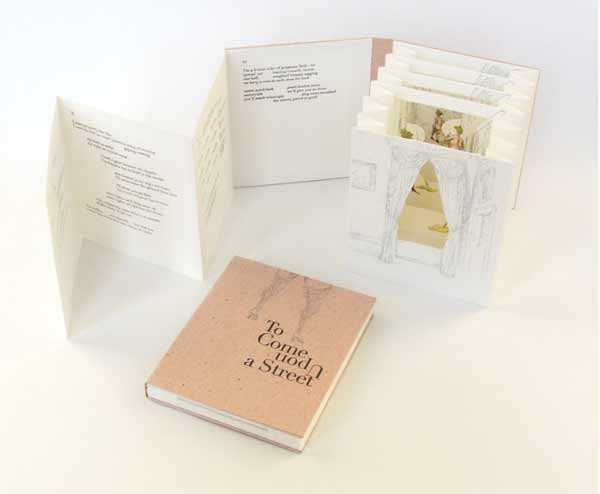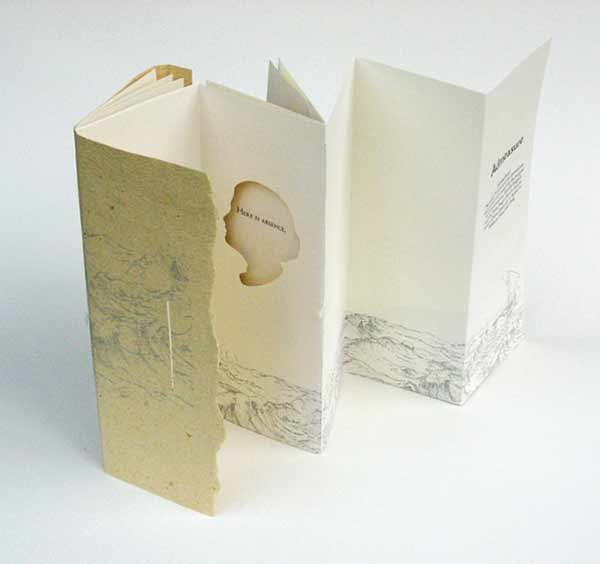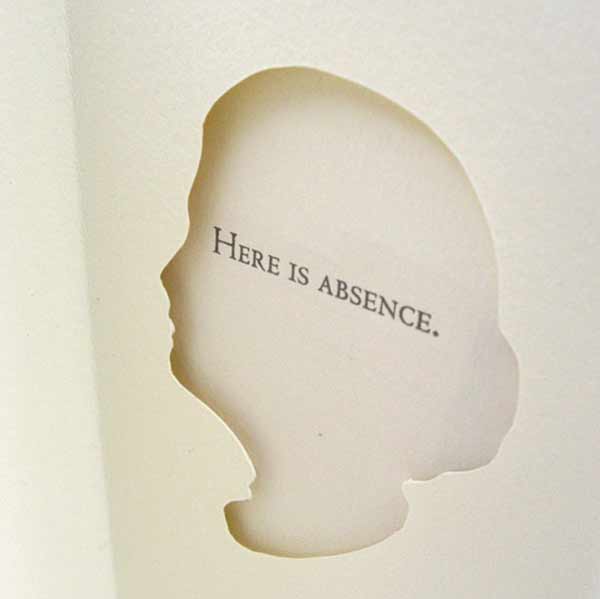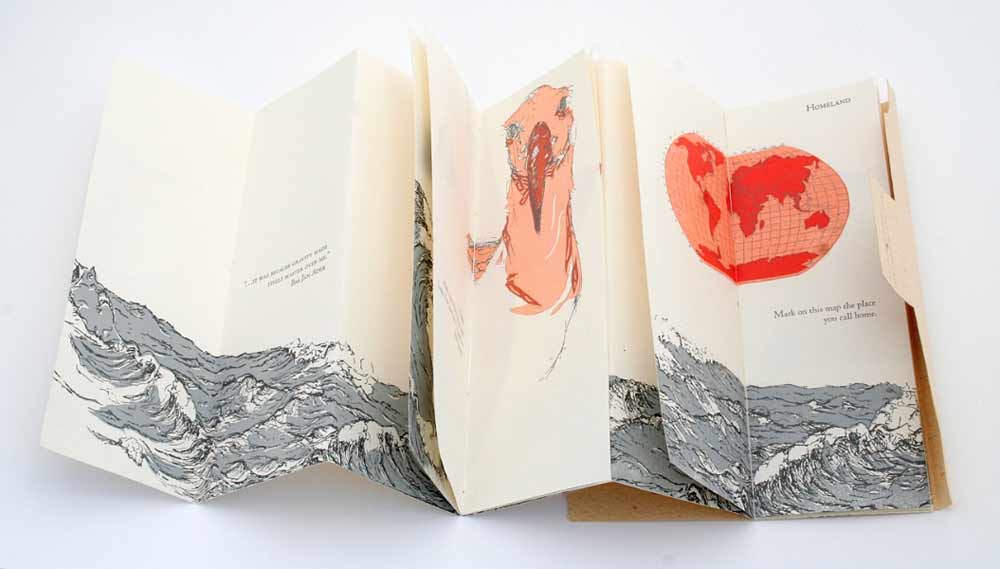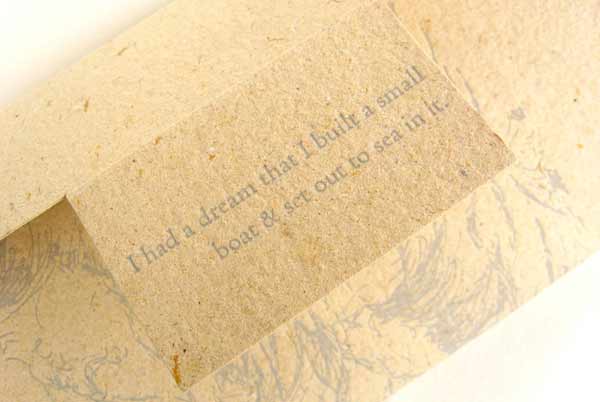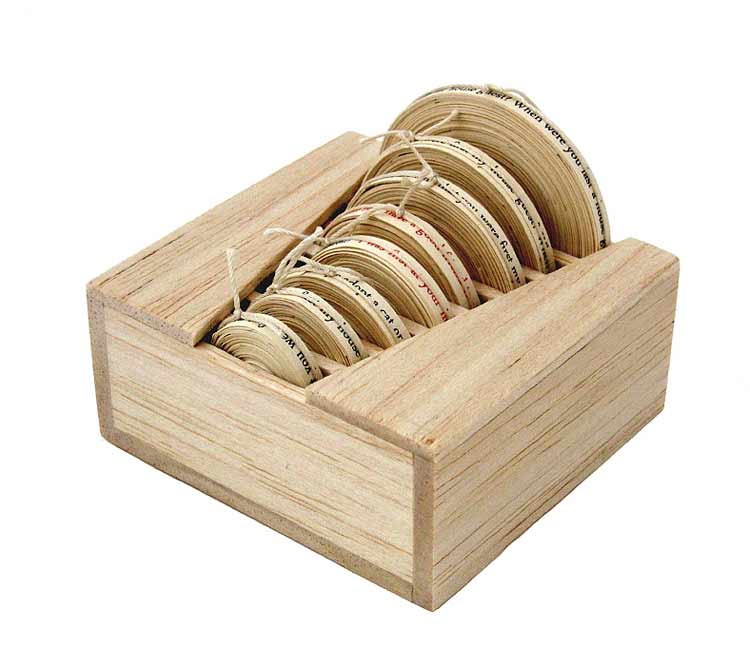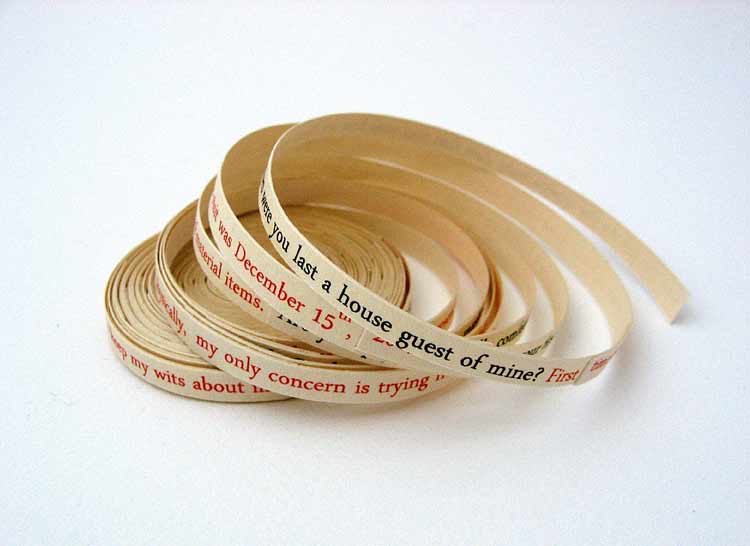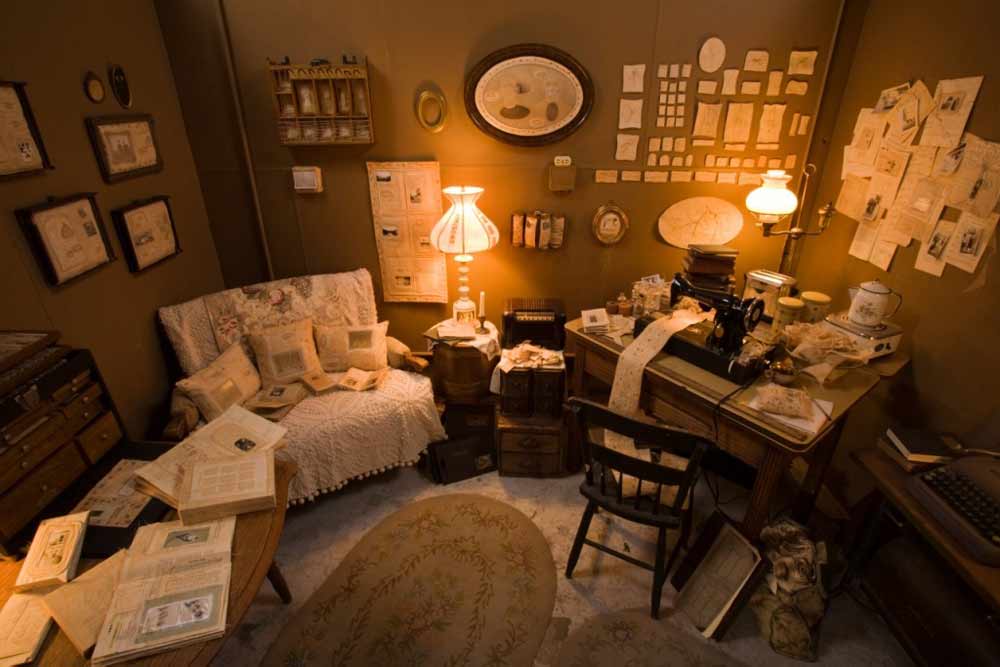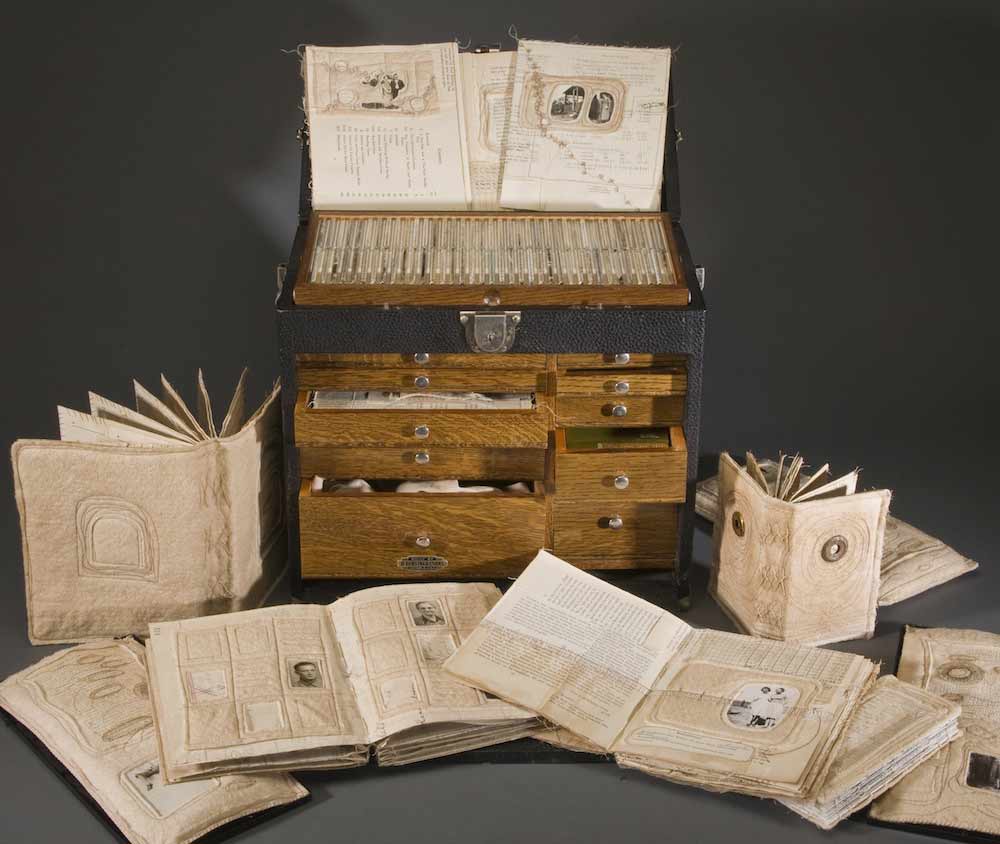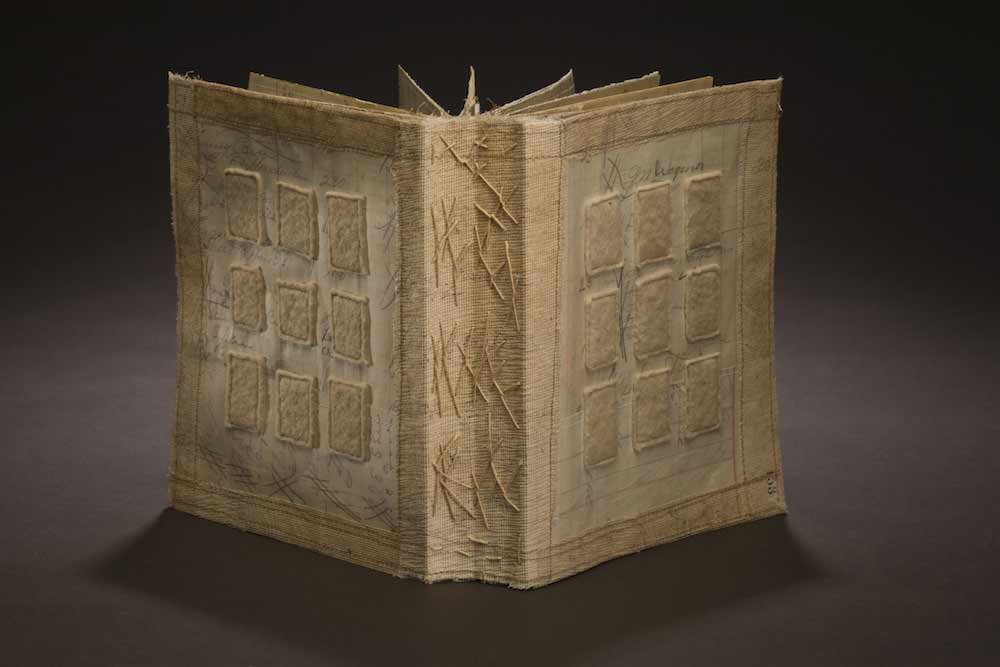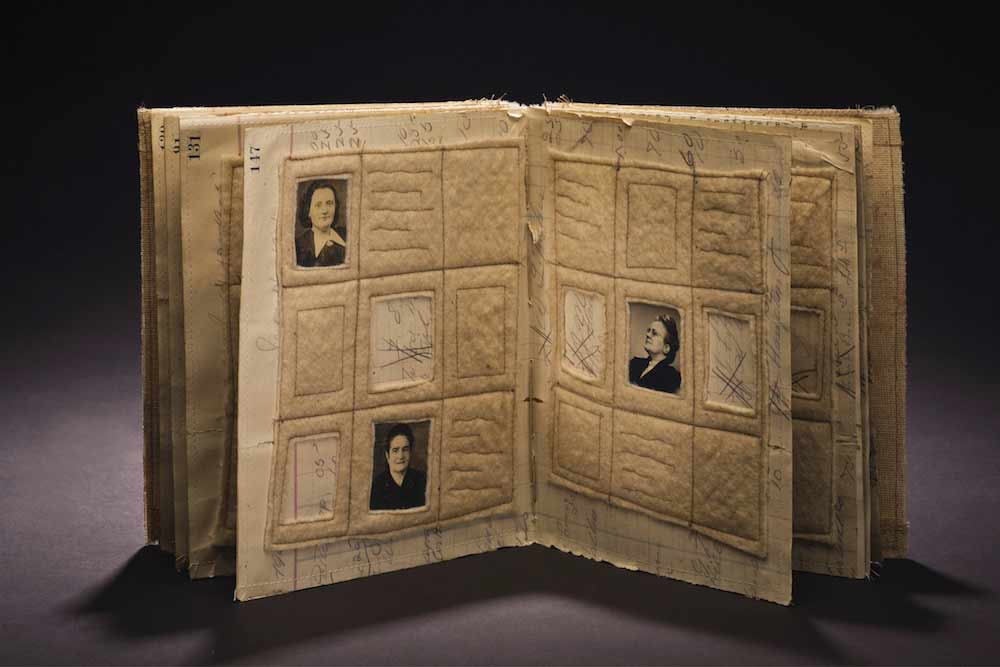The Black Hole is an intimate miniature accordion that explores the personal issues one may feel about body hair and so of, course it includes a surprise hairball at the end. The accordion can be read on either side and is letterpress printed with wooden covers and a parchment strap. This artist book was created in an edition of 45 by Diane Jacobs back in 2003.
In your work, you demonstrate the versatility of hair as a medium by forming hairballs, felted shapes and using full locks of hair to loose strands. Do you enjoy manipulating hair one way more than another?
I love to roll my own hair into balls. It is very easy because of it being curly and relatively fine. But I discovered that I can pretty much roll anyone’s hair into a ball. I like comparing different hair color and texture in the ball form. I like the association of a hairball being something else when put in a different context such as the hairballs in the gum ball machine. I also enjoy weaving hair in the combs to spell out words.
I noticed you only use hair with natural color. Do you avoid artificially colored hair for a reason?
I am sure some of the hair I use is dyed. Personally I have always liked the natural color of someone’s hair. I have used a bit of blue hair but that has been the only really artificially colored hair I have in my massive collection.
